## Butter: A Rich and Flavorful Dairy Staple
Origin: Butter has a long history, with evidence of its production dating back thousands of years to ancient civilizations in Europe, Asia, and Africa. It was initially made by churning milk or cream to separate the butterfat from the liquid.
Description:
Butter is a dairy product made by churning cream or milk to separate the butterfat from the buttermilk. It has a rich, creamy flavor and a soft, spreadable texture. Butter is a versatile ingredient used in cooking, baking, and as a spread.
Production:
Butter is typically made by churning pasteurized cream. The churning process causes the fat molecules in the cream to clump together, forming butter, while the remaining liquid is buttermilk. The butter is then washed and salted (optional) before being packaged.
Types of Butter:
* Salted butter: The most common type of butter, with salt added for flavor and preservation.
* Unsalted butter: Butter without added salt, often preferred in baking to allow for better control of the salt content in recipes.
* Whipped butter: Butter that has been whipped with air to create a lighter and more spreadable texture.
* Clarified butter: Butter that has been melted and had the milk solids removed, resulting in a clear, golden liquid with a higher smoke point suitable for high-heat cooking.
* Grass-fed butter: Made from the milk of cows that have been pasture-raised, often containing a higher concentration of certain nutrients, such as omega-3 fatty acids.
Nutritional Value:
Butter is a source of:
* Fat: Butter is primarily composed of fat, providing a concentrated source of energy.
* Vitamin A: Essential for vision, immune function, and cell growth.
* Vitamin E: An antioxidant that protects cells from damage.
* Vitamin K2: Plays a role in bone health and blood clotting.
* Butyrate: A short-chain fatty acid produced by gut bacteria from butterfat, with potential health benefits for gut health and metabolism.
Health Considerations:
* Saturated fat: Butter is high in saturated fat, which has been linked to increased levels of LDL cholesterol («bad» cholesterol). Moderate consumption is generally recommended as part of a balanced diet.
* Calories: Butter is a calorie-dense food, so it’s important to consume it in moderation, especially for those managing weight.
Culinary Uses of Butter:
* Spreading: On bread, toast, muffins, and other baked goods.
* Cooking: Used for sautéing, frying, and adding richness and flavor to dishes.
* Baking: A key ingredient in many baked goods, including cakes, cookies, pastries, and pie crusts.
* Sauce making: Used to create rich and creamy sauces.
Considerations:
* Quality: The quality of butter can vary depending on factors such as the source of the milk, the churning process, and the addition of salt or other ingredients.
* Storage: Butter should be stored in the refrigerator to maintain freshness.
Overall, butter is a flavorful and versatile dairy product enjoyed worldwide. While it is important to consume it in moderation due to its saturated fat content, butter can be part of a healthy diet when enjoyed in appropriate amounts. Its rich flavor and culinary versatility make it a staple ingredient in kitchens around the world.
General Enquiries
There are no enquiries yet.


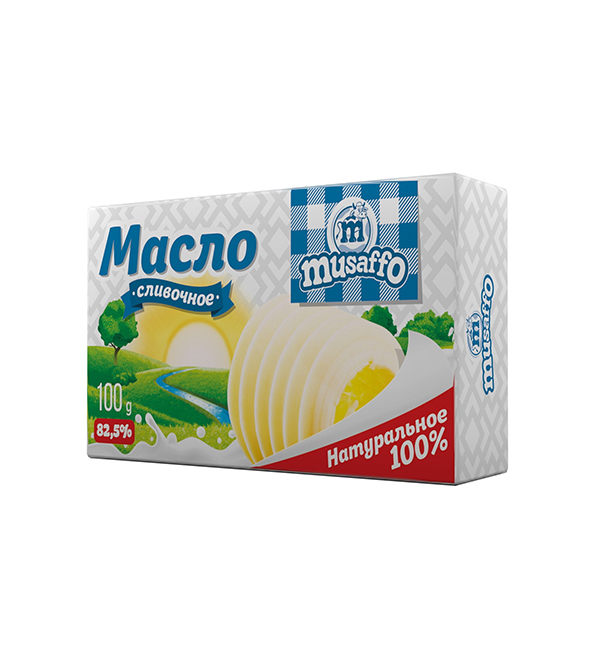
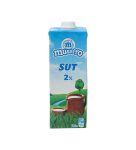

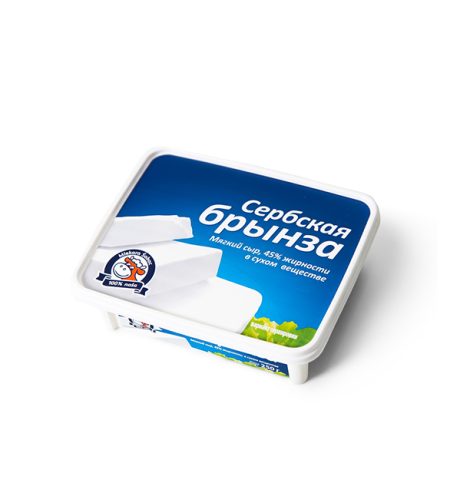
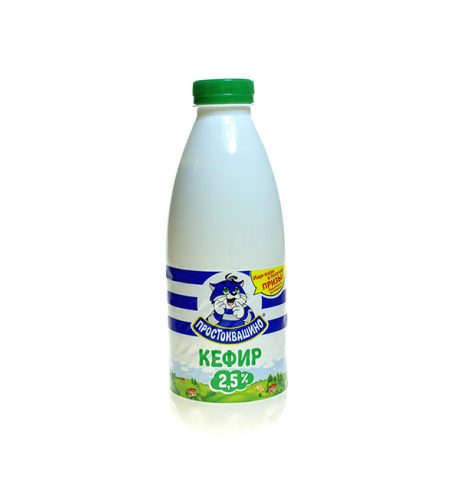
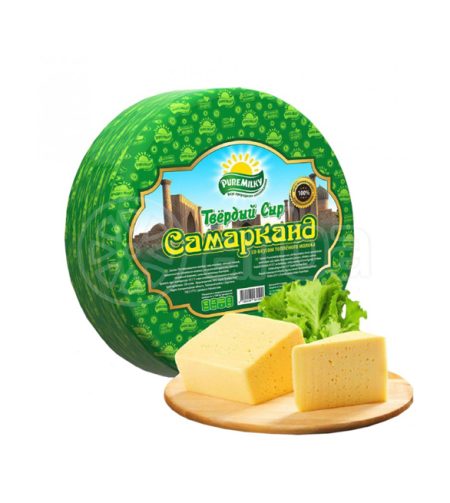

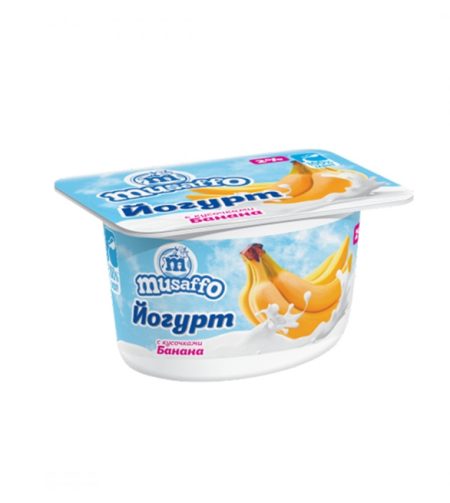
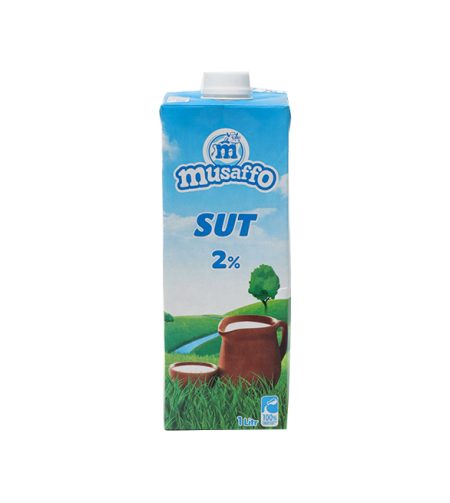




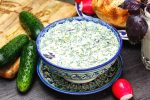
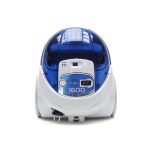
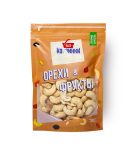
Reviews
There are no reviews yet.